Types of Water Container
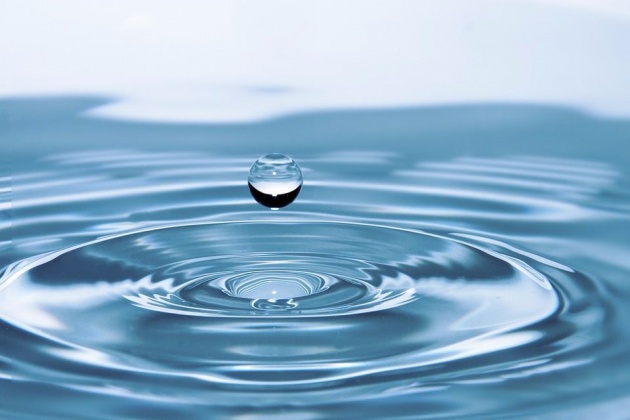 Photo credit to ronymichaud of pixabay.com
Photo credit to ronymichaud of pixabay.com
Wazzup guys? Here I am again with my one of my prepping topics. Today I'm going to write about water containers, and for the third time, I'll be differentiating them, with their advantage and disadvantage over the other (what can I say? Third time's the charm?). It is one of the most important things to pack when out in the wilderness or when you simply want to go somewhere. Our body needs at least a liter of water a day to properly function. If we're dehydrated, we will die of kidney failure. So it is best to carry around a water bottle wherever you go, with potable water of course (except when boarding an airplane), because you'll never know when you'll get stuck or get lost somewhere.
It is a bit of common sense that different water containers comprise of leather, wood, plastic, glass and metal (stainless steel), but I've added some tidbits on why some people prefer it over the other.
Leather
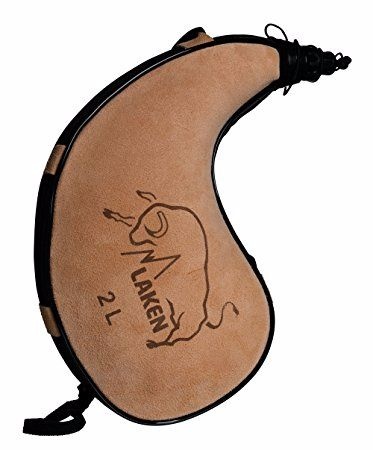 from amazon.com
from amazon.com
First off, I'm going to discuss about leather water container. This is the most primitive material for a water container among the five and not so many people are using it nowadays because it is laborious to make. But in a shtf (sh!t hits the fan) scenario, one would resort to this type. All you need is an animal hide (like in squirrels' or rabbits') and you dress (by removing the fur with a knife), stretch them over a flat board and dry them up properly. Afterwards, sew the edges together to form a bowl of some sort but leaving a small opening for the mouthpiece.
Advantage
It is cool to have and you have a sense of fulfillment to finally have a leather water container. You'll get compliments for it and with proper maintenance, this will last you a long time. Our ancestors survived with this type of water container so that's something to take note of how reliable this water container is.
Disadvantage
It's easy to put in words on how to make one but the process would take you a long while. Other disadvantages I can see from having this water container is that the taste of the water will differ. The water will still be potable, but some people might get ticked off by the taste. Also, although the skin is thick (pun intended), it might get punctured, leaving this stuff without use.
Wood
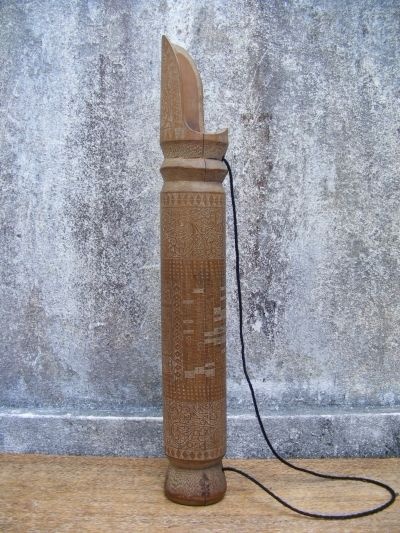 from borneoartifact.com
from borneoartifact.com
Onto the next one: wood. A wood water container is also a primitive type of water container, but in some provinces it is still being used. Bamboo is the foremost material of this type as it forms a natural hollow on its shoots. When you use bamboo as a water container, it won't easily deteriorate because the hollow part is accustomed to contain bamboo water. It is wood but it can withstand water so it will not rot quickly.
Video credit to Sigma 3 Survival School from youtube.comAdvantage
The cylinder shape of the bamboo makes it is easier to hold for drinking. You also won't have to worry of lining it with wood treating chemicals because it is already holding up quite well without it, with water or without. A bamboo water container can also be used as a cooking vessel, so this is convenient to carry around.
Disadvantage
Sadly, it will deteriorate over time because the material is organic. It is also not easy to make a lid out of cork or another wood for a bamboo water container. The outside surface of bamboo is also prone to breakage especially when regularly hit by rocks or other natural elements. I imagine a scene from a movie of a katana-weilding hero easily slashing a row of bamboo shoots in one swing. That's how fragile this wood can be.
Glass
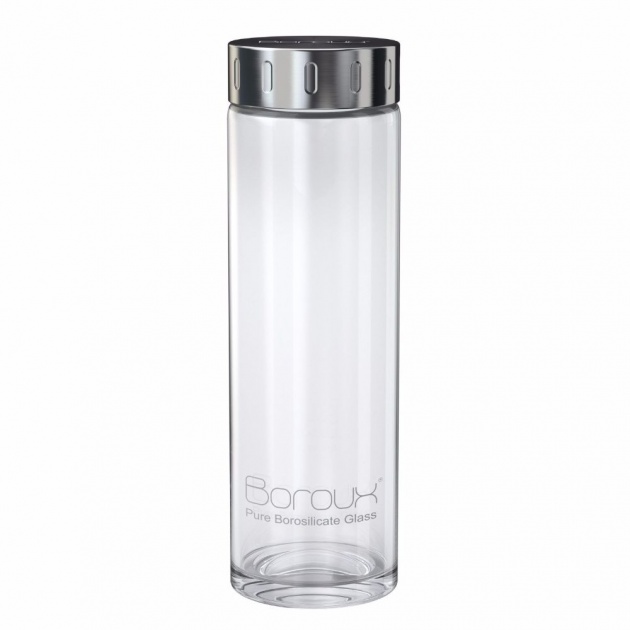 from amazon.com
from amazon.com
Soda, juice, milk, soju, water even--these are just some beverages contained in glass bottles. In a glass water container, you won't have to worry about chemicals leaching into your precious liquids, that is why manufacturers are still using glass as their packaging. It is also eco-friendly because it takes lesser energy and resources to recycle a glass bottle than to make a new one, so whenever you buy bottle of soda (in a sari-sari store), you are required to pay a deposit as it encourages consumers to return the bottle. And even if you don't return them to the store, it'll find a way in your home to be of use.
Advantage
As a water container, glass is preferred by those who are acidic to carry around a metal bottle. A glass water container is also useful for killing germs with the use of sunlight (more on that in another topic perhaps). You can make fire out of it similar to a fresnel lens or a plastic bottle. You can also use it to boil water and even cook things with liquid like soup or oatmeal.
Disadvantage
It is heat-resistant but not all water bottles are created equal. Some will not withstand the heat when placed onto direct flame and they will shatter easily. Choose one that is made of borosilicate. When you opt to buy a glass water container, be sure it can be used in an open flame or in a microwave. It'll be a bang for your buck. Also, glass bottles are heavier than their plastic counterpart, so most people don't prefer glass for their water.
Plastic
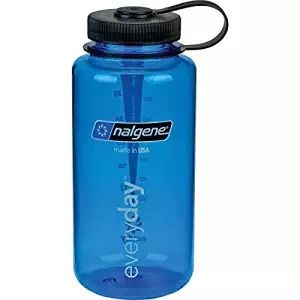 from amazon.com
from amazon.com
Plastic is by far the most used water container in the world. It is easy to hold, easy to carry, easy to replace, easy to displace, easy anything actually (whatever that means). Seriously, I carry a plastic water bottle whenever I go out because of the scorching sun in my country depleting my internal water reserves.
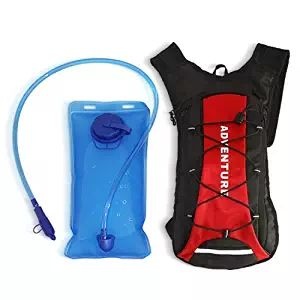 from amazon.com
from amazon.com
Advantage
A plastic water container is available everywhere, even at convenience stores. You can recycle it, you can make fire out of it, you can even distill water with it. It is the lightest among the five and like glass, you can easily see how much water you have left so you can gauge in how much you will drink and conserve. It also come in different shapes and sizes so you have varied choices if you want to carry 250ml, 500ml, 750ml, a liter or 1.25 liters.
Disadvantage
Sadly, chemicals in plastic can leach into your precious water. The compound Bisphenol-A (BPA) mixes with water causing you all sorts of illness like hormonal imbalance and cancer. Although the market is filled with BPA-free plastic water container nowadays, no one can really know if there'll be other contaminants that can harm our health when using plastic as our water container. Sheryl Crow admitted that the cause of her cancer was plastic water bottles left in a car for a long time. That's saying a lot from a celebrity. Also, you cannot cook food with plastic so it isn't as versatile as bamboo, glass or metal.
Metal
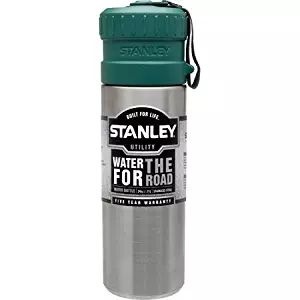 from amazon.com
from amazon.com
Stainless steel, to be specific. There are no harmful coatings in a metal water container that would be detrimental to one's health. Stainless steel is the material used because it is rust resistant and durable. I put it last because it is, I think, is the most handy among the five. However, you should buy the single-walled stainless bottle as double-walled and insulated types cannot be used for heating. Take note of this if you want to use it for heating.
Video credit to BushcraftOz from youtube.comAdvantage
Though it is heavier than plastic, this disadvantage is a negligible factor because you can use metal water container for boiling water and cooking food. You can use it as a makeshift pot. It has a dual-purpose so you can do away without any cooking vessel, which will subtract weight to your carry on.
Disadvantage
You won't be able to see how much water you have with this type.
Steel will slightly warp when regularly heated in an open fire, so one might wonder when the lid or cap doesn't fit in properly with the mouth of the bottle. If you want to prolong the life of your metal water container, don't regularly use it for cooking or boiling. If you can't avoid it, just buy a spare lid.
Disclaimer: P/V not mine. Writeup 0% plagiarized.



